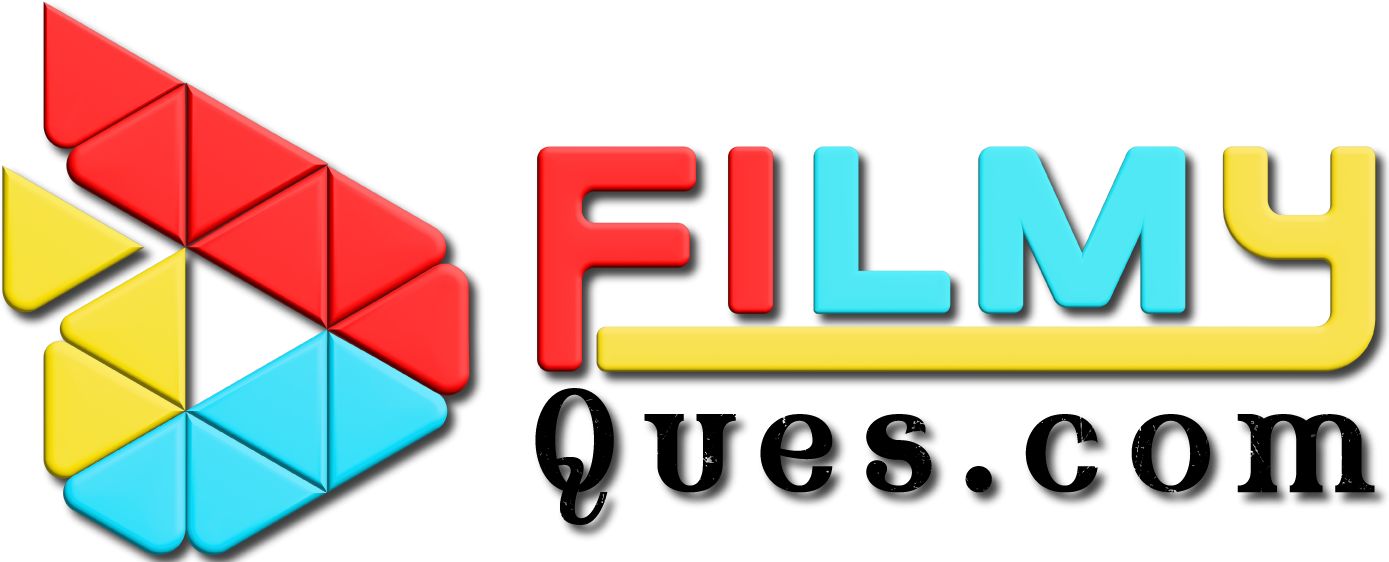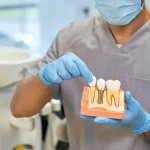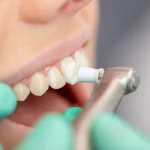Key Takeaways
- UV LED printers are revolutionizing the operations of print shops by providing immediate curing results, reducing production times, and lowering energy consumption.
- This advanced technology enables vivid, durable prints on a wide range of materials, empowering print shops to expand their product offerings and customer base.
- UV LED printing contributes to lower operational costs and waste, offering a practical route to environmentally responsible business practices.
- Staying informed about both the benefits and safety practices associated with UV LED printing is essential for ensuring print shop success and staff well-being.
What Is UV LED Printing?
UV LED printing represents a significant advancement in the digital printing sector, providing unmatched speed and versatility. Unlike conventional inkjet or screen printing, which often rely on heat or air drying, UV LED equipment utilizes specialized ultraviolet light to instantly cure (harden) inks as they’re deposited onto the substrate. This revolutionary method means print operators don’t need to schedule additional drying time between print runs or post-processing steps, significantly streamlining workflows. For many, introducing a commercial UV LED Printer into their shop has led to faster turnaround and a reduction in costly production bottlenecks.
The process also opens doors for creative applications. UV LED printers can handle a broad spectrum of substrates, including wood, acrylic, glass, plastics, metal, paper, and unique promotional products. This is possible because the UV light instantly solidifies the ink, preventing it from bleeding or warping the underlying material, even on heat-sensitive or previously challenging surfaces. By expanding the potential for personalized print solutions, UV LED technology provides a genuine competitive advantage to businesses seeking to meet a growing demand for customization and variety.
Why Print Shops Are Adopting UV LED Printing
Today’s print shops face more pressure than ever to keep up with client demand for speed, quality, sustainability, and unique finishing effects. UV LED printing directly answers these needs by eliminating much of the time and unpredictability associated with curing liquid inks. Print operators can begin processing finished materials almost immediately after a print run ends. As a result, even complex, multi-step jobs can be completed swiftly from design file to physical product, giving companies a favorable edge when responding to urgent client requests.
The switch to UV LED has also transformed the economics of custom print production. With shorter warm-up and setup times, less wasted material, and fewer misprints or errors, print shops see tangible cost savings. There’s also a sustainability angle: UV LED printing is known for lower power requirements and cooler operation, making it friendlier to the environment and more suitable for temperature-sensitive settings. Print shops that embrace the latest print technologies are better equipped to evolve in dynamic business landscapes and can offer customers an expanded menu of print choices, faster and with less hassle.
Top Benefits for Business Owners
- Energy Efficiency: UV LED print systems run at lower temperatures and consume up to 50% less energy than traditional mercury-vapor curing systems. For business owners, this means immediate savings on power bills, as well as decreased facility cooling requirements in busy seasons.
- Extended Lifespan: The LEDs used in UV curing can last for tens of thousands of hours. This longevity means reduced downtime for repairs and eliminates the frequent bulb replacements needed with old-school ultraviolet lights, ensuring increased uptime and lower maintenance costs.
- Versatile Substrate Compatibility: Business owners can accept orders for a wide range of items, including flexible banners and roll stocks, rigid panels, intricate patterns on cut acrylic, and even unusual products such as phone cases and promotional gifts. The versatility of UV LED allows for sharp, vibrant imagery with little or no prep time.
- Accelerated Job Turnaround: The instant-curing nature of UV LED technology eliminates the most significant bottleneck in traditional printing—the drying stage. Multiple jobs can run back-to-back with almost no transition downtime, letting businesses produce more in less time and win last-minute orders.
- Lowered Maintenance: With fewer moving parts and rugged LED arrays, routine maintenance is simplified. Print operations experience fewer disruptions, helping them to deliver products and meet deadlines reliably.
Practical Applications Across Industries
UV LED printers excel in their adaptability, serving a wide range of sectors beyond traditional commercial printing. In retail, they power high-impact point-of-purchase (POP) signage, window graphics, and ever-evolving interior décor, keeping brands relevant and stores attractive to shoppers. Interior design professionals utilize UV LED technology for custom wall art, decorative tiles, window films, and upcycled furniture, each featuring striking details and durable finishes.
The promotional and gifting sector also benefits from the unique capabilities of UV LEDs. Awards, employee recognition pieces, trade show graphics, and branded tech accessories are easily created, helping businesses add value for their clients with personalized or limited-edition offerings. Manufacturers use UV LED for direct-to-object printing on parts, tools, industrial housings, and other items that often require strong adhesion and resistance to handling or exposure to the outdoors. According to a recent UV LED printing market report, shops that incorporate these new revenue streams can rapidly expand their customer base and enhance overall profitability.
Data and Industry Research
Market research indicates that UV LED printing is one of the fastest-growing segments in the digital printing industry. Estimates indicate that the global market size for UV LED printers will surpass $1.5 billion by 2027, with a projected annual growth rate exceeding 10%. These numbers reflect more than just equipment sales—they signal ongoing investments by printing firms aimed at improving productivity, lowering expenses, and meeting market demand for responsibly produced goods.
Surveys reveal a clear pattern: more than 60% of print companies opt for UV LED technology to accelerate turnaround times and reduce waste, which directly enhances client satisfaction and retention. Many also cite higher image consistency, less color variation, and the ability to handle repeat orders without re-adjustment as key reasons for transitioning away from legacy equipment. In practical terms, print shops repeatedly share stories of landing larger contracts and retaining high-volume clients as a direct result of these operational upgrades.
Environmental Considerations and Sustainability
Sustainable production is now a priority for print buyers and producers alike. UV LED’s minimal heat output means less energy is lost to the environment, helping operators reduce overall facility emissions. In addition, most UV LED printers use “green” ink formulations—those that emit little to no volatile organic compounds (VOCs). This not only contributes to a safer workspace but also helps print shops align with client and regulatory expectations for responsible supply chains.
Waste reduction is another hidden benefit. UV LED’s pinpoint ink placement and strong adhesion result in fewer misprints and material rejects. Automated print alignment and real-time curing ensure that finished products meet exact specifications the first time, resulting in savings on raw materials and shipping costs. For businesses aiming to publicize or document their sustainable practices, these features can count as genuine progress toward environmental goals.
Safety Guidelines and Best Practices
Recommended Procedures for Print Shops
- Protective Equipment: Operators and technicians should routinely wear gloves and eye protection when working with UV lamps or raw ink, thereby minimizing the risk of contact or exposure.
- Ventilation: Ensure constant airflow and proper air-filtration systems in print areas. Even with low-VOC inks, some airborne particles may be generated during long production runs.
- Routine Maintenance: Adhere to all manufacturer-mandated maintenance schedules—clean lamp housings, inspect curing engines, and verify safety interlocks. Preventative care reduces malfunctions and premature wear in high-output environments.
- Emergency Training: Train all team members in emergency procedures for accidental ink spills or UV exposure, including the location of eyewash stations and emergency contact numbers.
- Ink and Chemical Storage: Store all consumables in dry, cool, and designated storage areas, and never leave ink bottles or cleaning solutions exposed to ambient UV sources or open air.
Future Trends in UV LED Printing
As technology continues to evolve, UV LED printing is set for even greater versatility, automation, and environmental friendliness. Upcoming advances in LED chip designs will further improve curing speed and color range, while new ink chemistries may offer extended scratch, water, and UV resistance without sacrificing vibrancy. Software enhancements—such as more innovative workflow integration and AI-driven color matching—promise greater automation and control over complex, multi-step jobs.
Staying ahead of these trends will ensure that print shops, designers, and manufacturers remain at the forefront of a highly competitive sector. As end-users demand faster, more eco-friendly, and truly customized products, those who harness the full potential of UV LED printing technology will find their businesses both future-proof and more profitable than ever, as highlighted by eeetimes.







